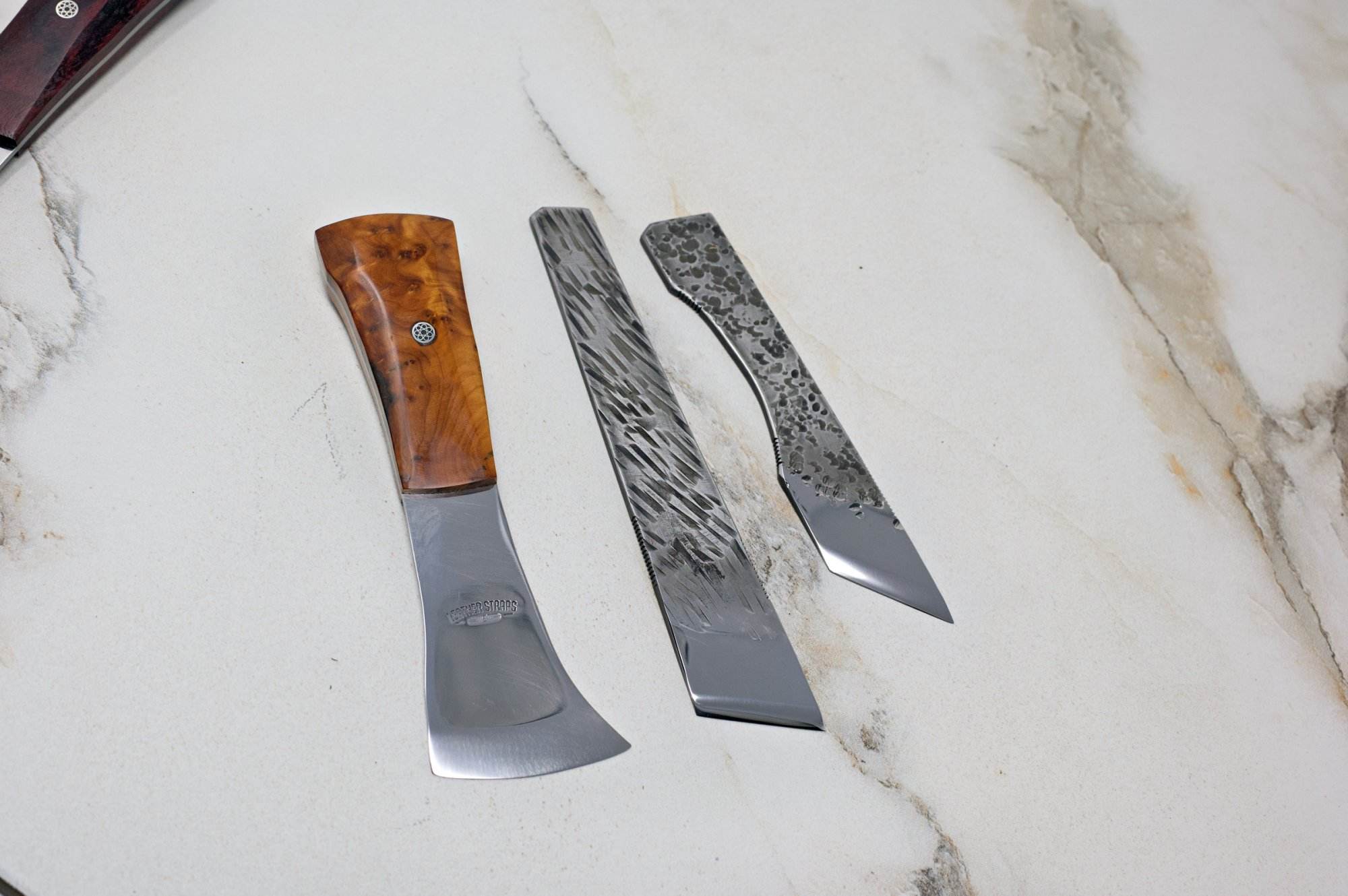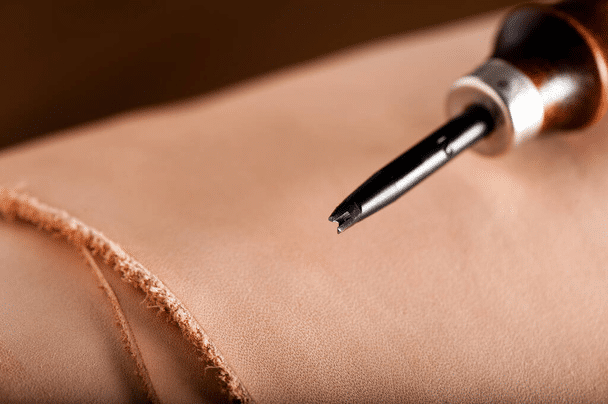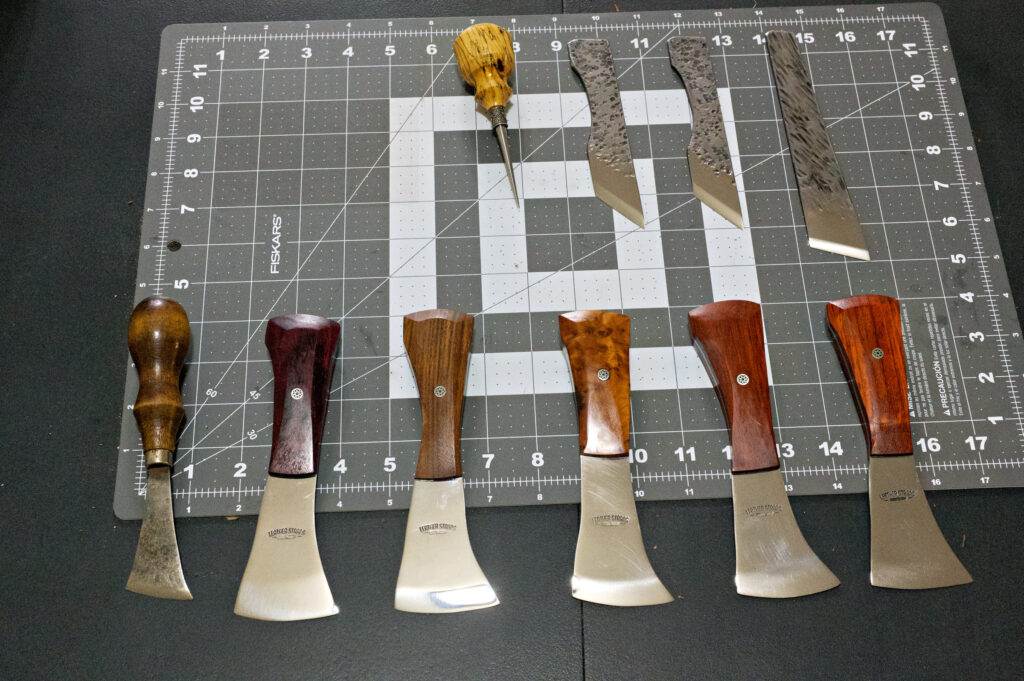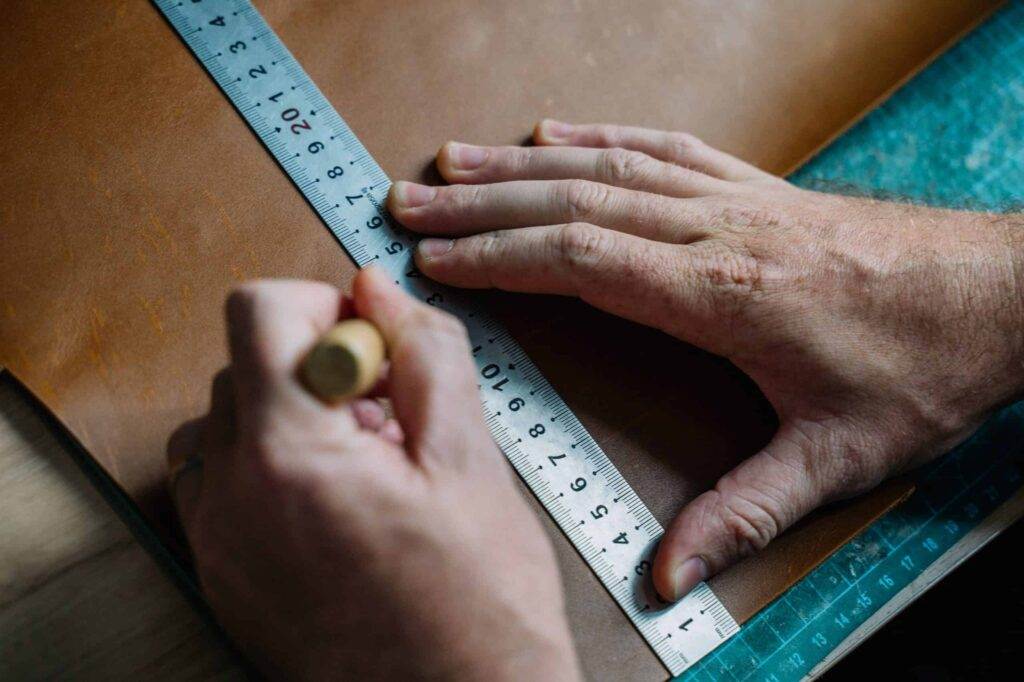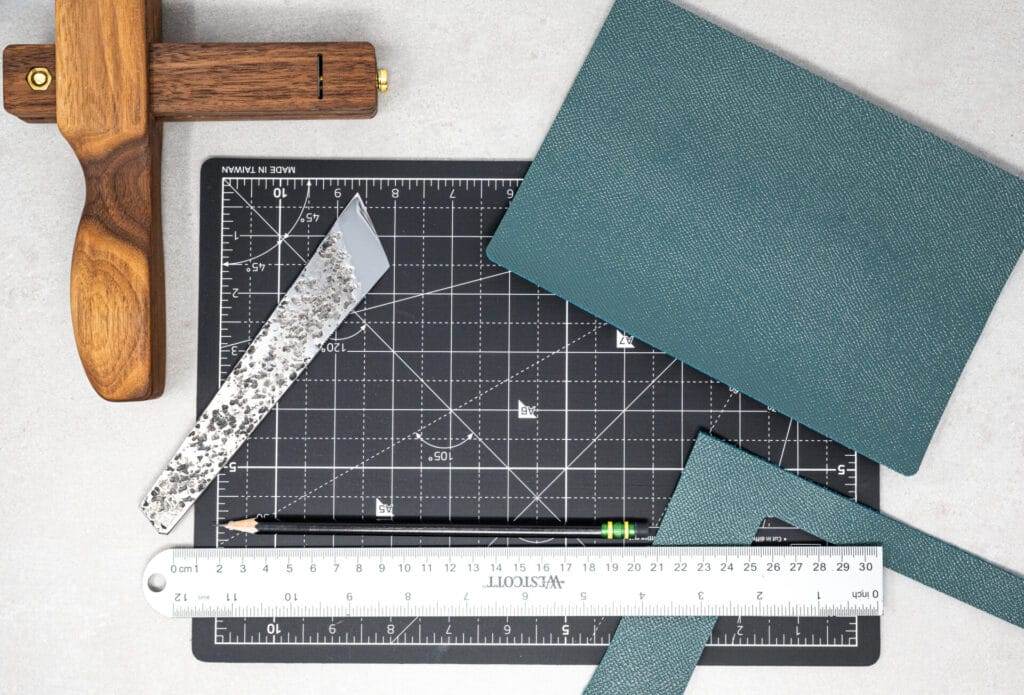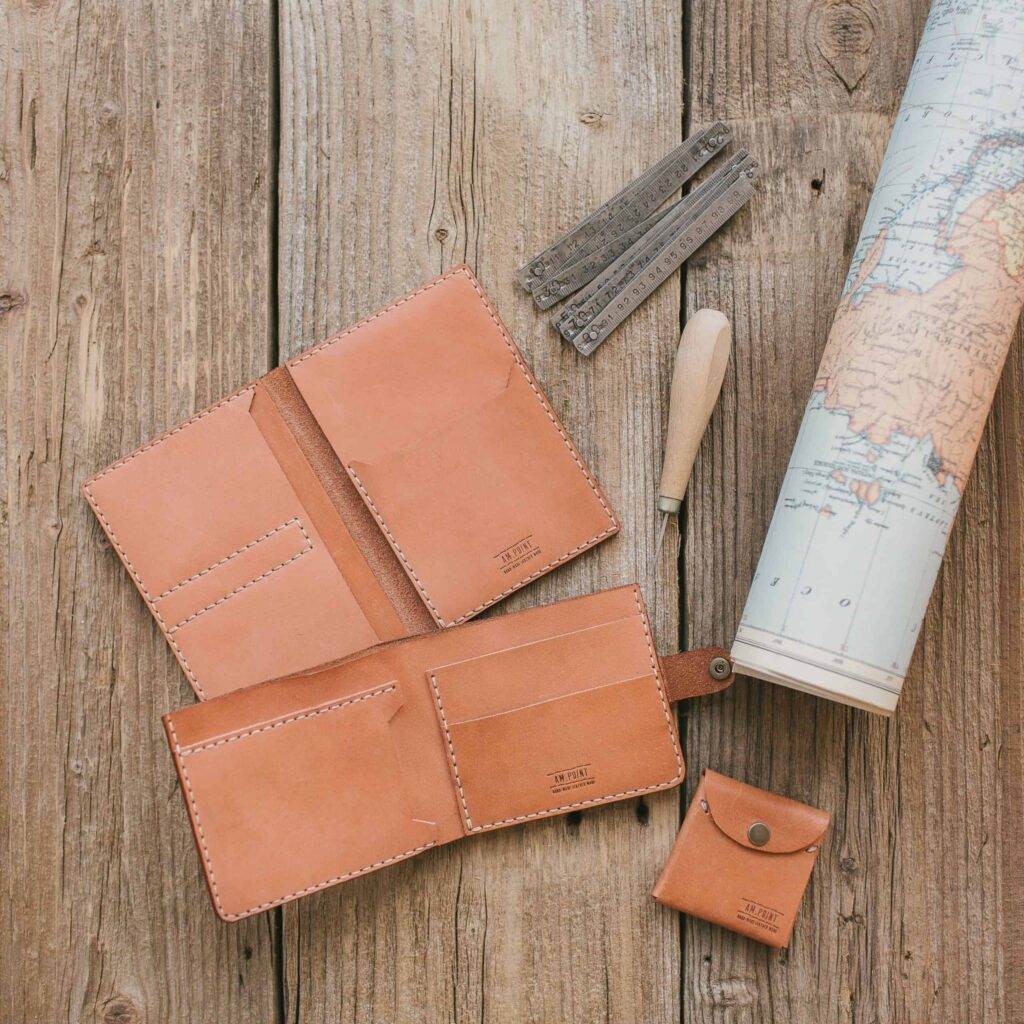Mastering Straight Cuts in Leathercraft
Leathercraft is an age-old art that combines creativity with craftsmanship, allowing artisans to create functional and aesthetically pleasing items. At its core, leathercraft involves working with animal hides to produce a variety of goods, from bags and wallets to belts and shoes. Understanding the basics of this craft is essential for anyone looking to delve into leatherworking.
The first step is familiarizing oneself with the types of leather available, which can range from vegetable-tanned to chrome-tanned, each offering unique characteristics and uses. Knowing the properties of different leathers will help you select the right material for your project. In addition to understanding the types of leather, it is crucial to grasp the fundamental techniques involved in leathercraft.
This includes cutting, stitching, dyeing, and finishing leather. Each technique requires specific skills and tools, making it important for beginners to practice and refine their abilities. Leathercraft is not just about creating beautiful items; it also involves a deep appreciation for the material itself.
The tactile nature of leather, its durability, and its ability to age gracefully are aspects that every leatherworker should learn to respect and harness in their creations.
Key Takeaways
- Understanding the basics of leathercraft is essential for mastering straight cuts in leather.
- Choosing the right tools, such as a sharp utility knife or rotary cutter, is crucial for achieving clean and precise cuts.
- Preparing the leather by marking the cutting lines and securing it in place will help ensure accurate cuts.
- Techniques like using a straight edge or cutting mat can help make straight cuts in leather with ease and precision.
- Common mistakes to avoid when cutting leather include using dull blades, rushing the cutting process, and not properly securing the leather.
Choosing the Right Tools for Straight Cuts
When embarking on a leathercraft project that requires straight cuts, selecting the appropriate tools is paramount. A sharp utility knife or a rotary cutter is often favored for their precision and ease of use. These tools allow for clean cuts that minimize fraying and ensure that the edges remain smooth.
Additionally, a straightedge or ruler is essential for guiding your cuts, providing a reference point that helps maintain accuracy throughout the process. Investing in high-quality tools can make a significant difference in the outcome of your work. Another important tool to consider is a cutting mat, which protects your work surface while providing a stable base for cutting.
A self-healing cutting mat is particularly beneficial as it reduces wear and tear on your blades and helps maintain their sharpness over time. For those who prefer a more traditional approach, a leathercraft knife or awl can also be used for cutting leather. These tools require more skill but can offer greater control and finesse when making intricate cuts.
Ultimately, the right tools will not only enhance your cutting experience but also contribute to the overall quality of your finished product.
Preparing the Leather for Cutting
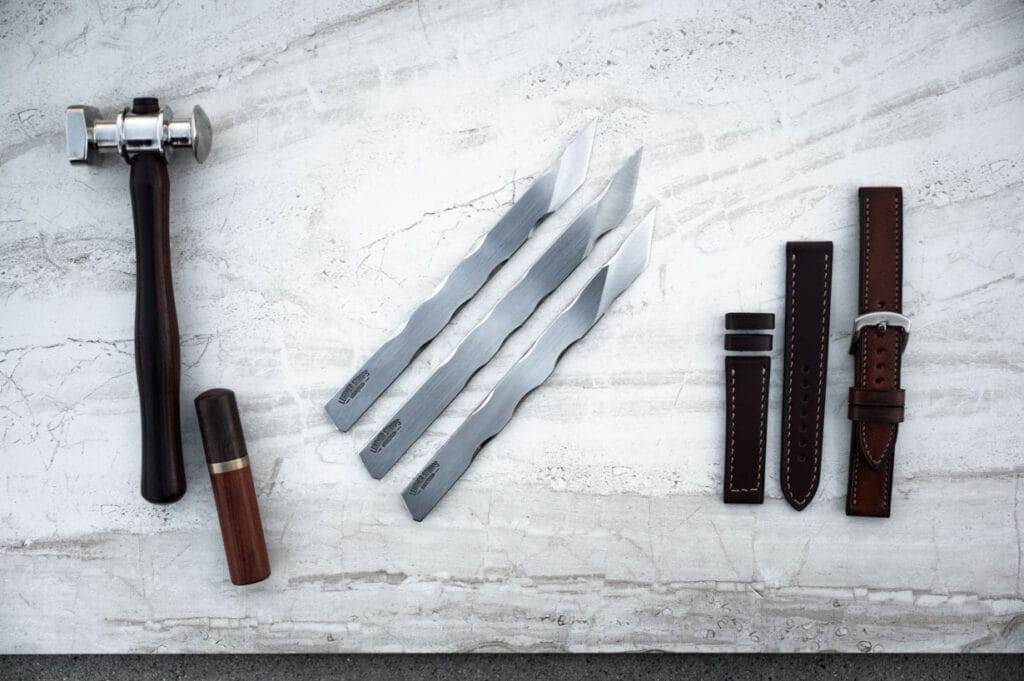
Before making any cuts, proper preparation of the leather is essential to achieve the best results. Start by selecting a clean and flat workspace where you can lay out your leather piece without any obstructions. It’s advisable to inspect the leather for any imperfections or blemishes that may affect your design.
If necessary, you can trim away any damaged areas before proceeding with your cuts. Additionally, consider conditioning the leather with a suitable product to ensure it remains supple and easier to work with. Once you have prepared your workspace and inspected the leather, it’s time to mark your cutting lines.
Using a pencil or a specialized leather marking tool, carefully outline where you intend to cut. This step is crucial as it provides a visual guide that helps maintain accuracy during the cutting process. For longer cuts, using a straightedge can help ensure that your lines remain true and even.
Taking the time to prepare your leather properly will not only make cutting easier but will also lead to cleaner and more professional-looking results.
Techniques for Making Straight Cuts in Leather
Making straight cuts in leather requires both technique and practice. One effective method is to use a straightedge as a guide while cutting with a utility knife or rotary cutter. Place the straightedge along your marked line and apply firm pressure while running the blade along its edge.
It’s important to maintain a consistent angle and pressure throughout the cut to avoid jagged edges or uneven lines. For thicker leather, multiple passes with the blade may be necessary to achieve a clean cut. Another technique involves using a cutting mat beneath your leather piece to protect both your blade and work surface.
This not only allows for smoother cuts but also helps prevent damage to your tools. When cutting curves or intricate shapes, it’s beneficial to use smaller blades or specialized tools designed for detailed work. Practicing these techniques on scrap pieces of leather can help build confidence and improve precision before tackling more complex projects.
Common Mistakes to Avoid When Cutting Leather
Even experienced leatherworkers can encounter challenges when cutting leather, but being aware of common mistakes can help mitigate issues before they arise. One frequent error is using dull blades, which can lead to ragged edges and uneven cuts. Always ensure that your cutting tools are sharp and well-maintained; this will not only improve the quality of your cuts but also enhance safety during the process.
Another mistake is failing to secure the leather properly while cutting. If the material shifts or moves during cutting, it can result in inaccurate lines and wasted material. Using weights or clamps can help keep the leather in place while you work.
Additionally, rushing through cuts can lead to mistakes; taking your time allows for greater focus and precision, ultimately resulting in a more polished final product.
Finishing and Refining Straight Cuts
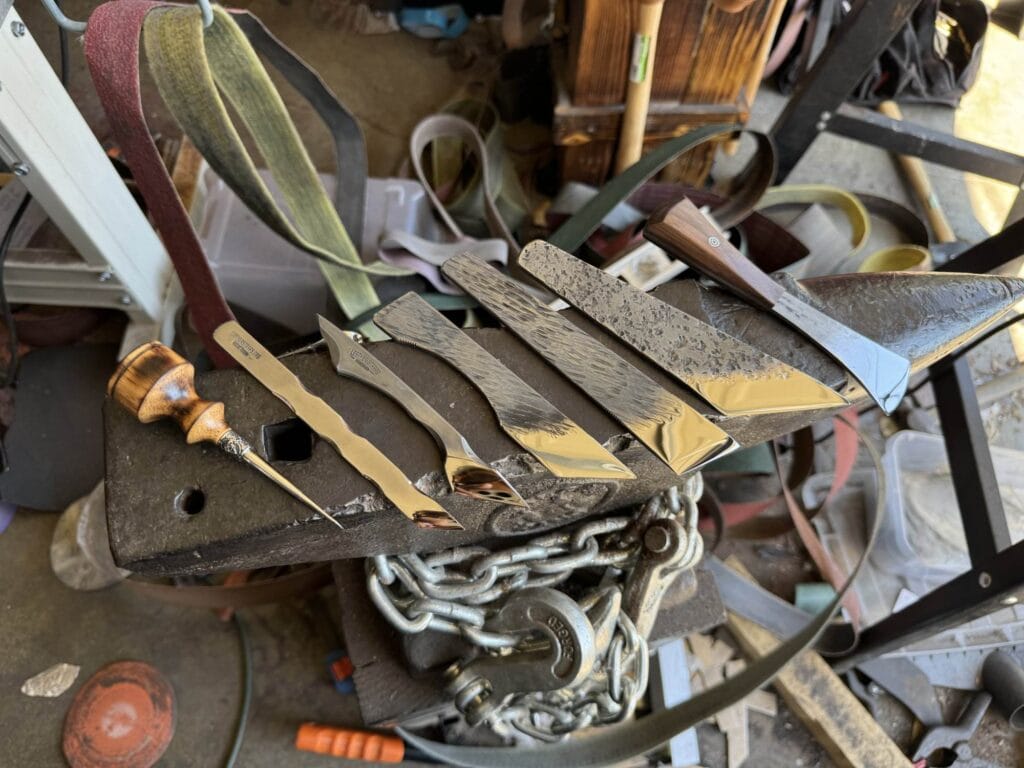
Trimming and Smoothing
Once you have made your straight cuts, the next step is finishing and refining those edges to achieve a professional look. This process often involves trimming any uneven edges with a sharp knife or rotary cutter, ensuring that all lines are clean and uniform. After trimming, you may want to smooth out the edges using sandpaper or an edge beveler, which helps create a rounded finish that feels comfortable against the skin.
Enhancing Appearance and Durability
In addition to smoothing edges, applying an edge finish can enhance both appearance and durability. Edge finishing products come in various forms, including dyes, paints, or waxes that seal and protect the cut edges from wear and moisture.
Protecting Your Leather Item
Applying these finishes not only improves aesthetics but also prolongs the life of your leather item by preventing fraying or damage over time.
Advanced Tips for Mastering Straight Cuts
For those looking to elevate their leathercraft skills further, mastering advanced techniques for making straight cuts can be incredibly beneficial. One such technique involves using a French curve or template for more complex designs that require precision beyond simple straight lines. These tools allow you to create consistent curves and angles that enhance the overall design of your project.
Additionally, experimenting with different cutting techniques can yield unique results. For instance, using a clicker press can produce perfectly uniform shapes when working with multiple pieces of leather at once. This method is particularly useful for larger production runs or when creating items that require identical components.
By exploring these advanced techniques, you can expand your repertoire and take on more intricate projects with confidence.
Troubleshooting and Fixing Mistakes in Leather Cutting
Mistakes are an inevitable part of any craft, including leatherworking; however, knowing how to troubleshoot and fix these errors can save time and materials. If you find yourself with an uneven cut or an accidental slip of the blade, don’t despair—there are often solutions available. For minor imperfections along edges, you can use an edge tool or sandpaper to smooth out rough spots without compromising the overall shape of your piece.
In cases where larger mistakes occur—such as cutting too much material away—consider creative solutions like adding decorative elements or stitching to cover imperfections. Patches or appliqués can also be used effectively to disguise errors while adding unique flair to your project. Embracing mistakes as learning opportunities will not only improve your skills but also foster creativity in finding solutions that enhance your work.
In conclusion, mastering straight cuts in leathercraft is an essential skill that requires practice, patience, and attention to detail. By understanding the basics of leathercraft, choosing the right tools, preparing your materials properly, and employing effective techniques, you can achieve clean and precise cuts that elevate your projects. Avoiding common mistakes and refining your finishing techniques will further enhance the quality of your work.
As you continue to develop your skills, remember that every mistake is an opportunity for growth—embrace them as part of your journey in this rewarding craft.
FAQs
What are straight cuts in leathercraft?
Straight cuts in leathercraft refer to the process of cutting leather in a straight line using a sharp cutting tool such as a utility knife or rotary cutter. This is a fundamental skill in leatherworking and is essential for creating clean and precise edges in leather projects.
Why is mastering straight cuts important in leathercraft?
Mastering straight cuts in leathercraft is important because it allows for the creation of clean and professional-looking leather pieces. Straight cuts are essential for creating straight edges, straps, belts, and other components of leather goods.
What tools are commonly used for making straight cuts in leathercraft?
Common tools used for making straight cuts in leathercraft include a utility knife, rotary cutter, leather shears, and strap cutter. Each tool has its own advantages and is suitable for different types of leather and cutting tasks.
What are some tips for mastering straight cuts in leathercraft?
Some tips for mastering straight cuts in leathercraft include using a sharp cutting tool, marking the cutting line with a ruler and a leather marking pen, and cutting with steady and even pressure. It is also important to practice good hand positioning and to make sure the leather is securely held in place while cutting.
Are there any safety precautions to consider when making straight cuts in leathercraft?
Yes, it is important to use caution and follow safety guidelines when making straight cuts in leathercraft. This includes using a sharp cutting tool with care, keeping fingers and hands away from the cutting path, and using a cutting mat or protective surface to prevent damage to work surfaces. Additionally, wearing protective gloves can help prevent accidental cuts or injuries.

